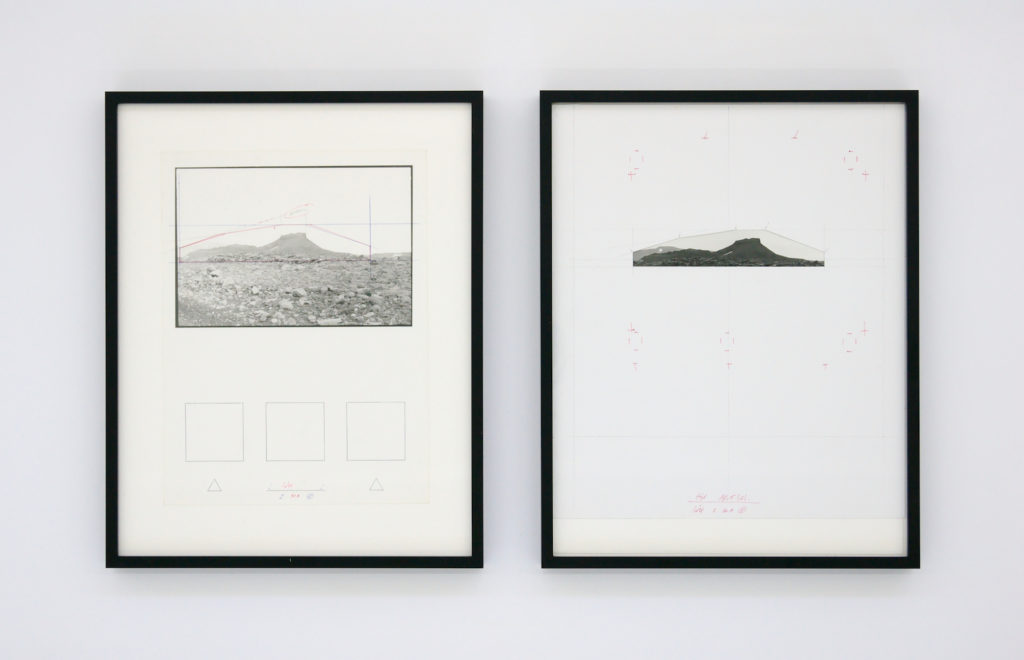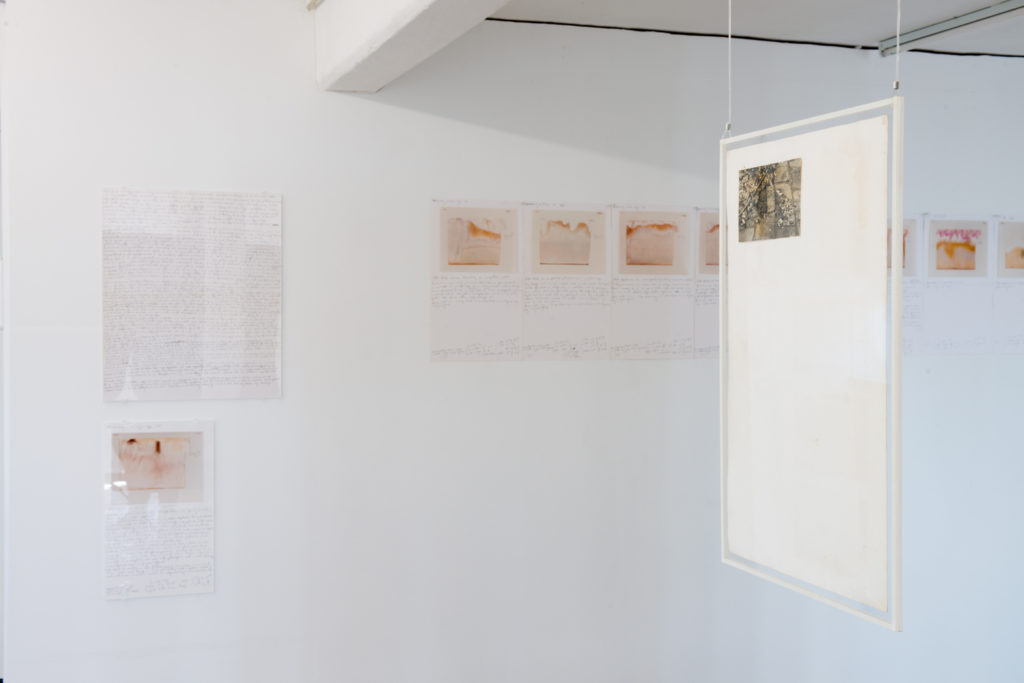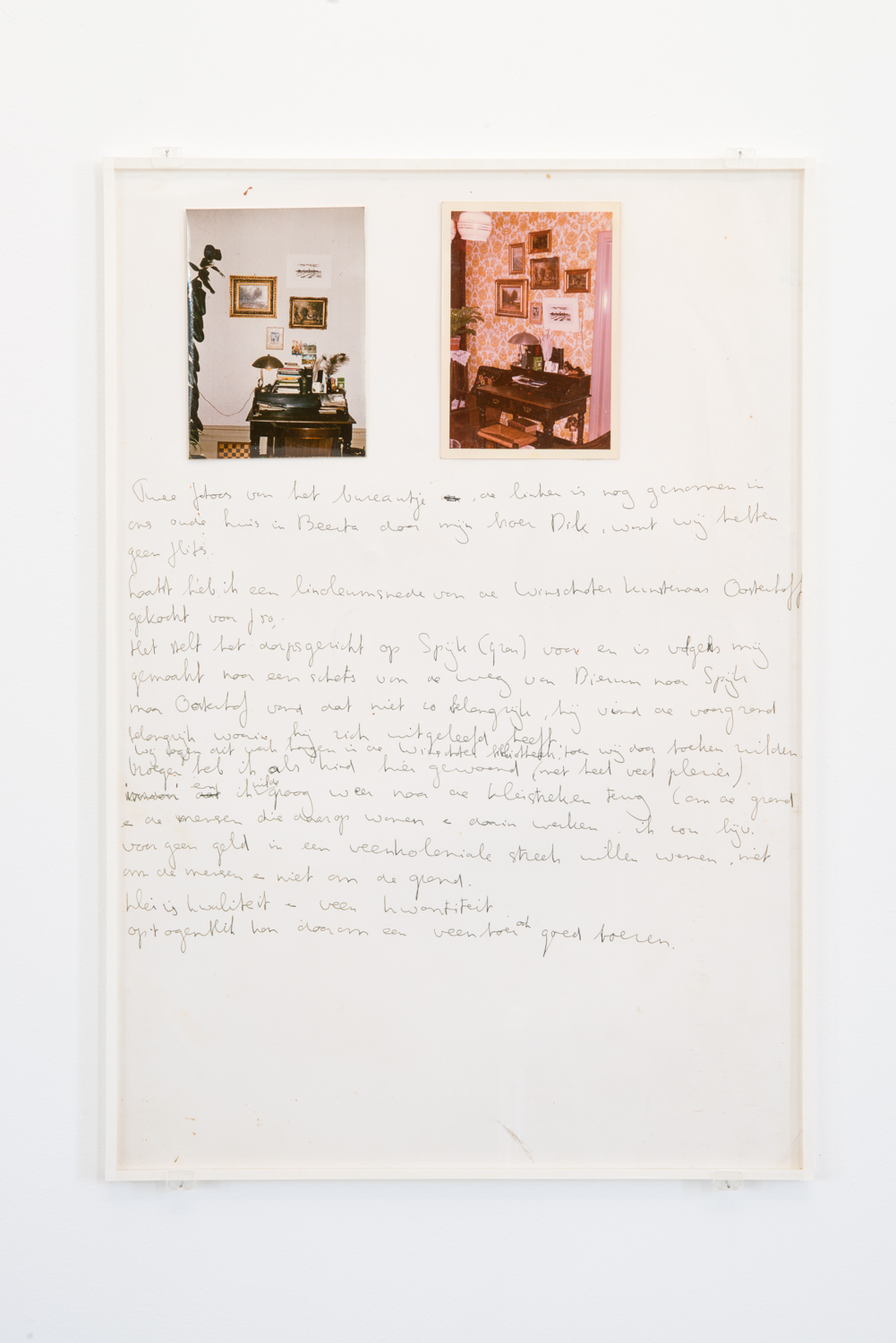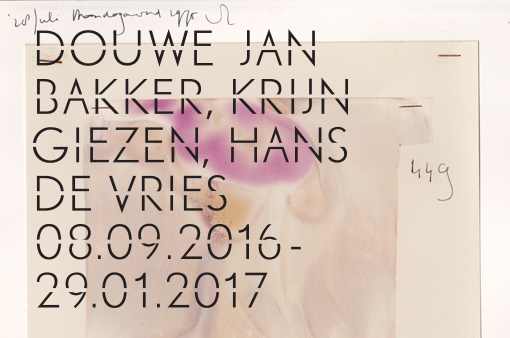Wilfried Lentz Rotterdam is proud to host a group show of three important Dutch conceptual artists from the ‘70s:
Douwe Jan Bakker, Krijn Giezen and Hans de Vries.
The exhibition will take place on the 4th floor of the gallery and is part of a larger programme involving thematic presentations of these artists’ work throughout the fall and winter of 2016. The series will also include short-span solo shows in the main gallery space by contemporary artists with similar mentalities and attitudes.
The opening will take place on Thursday, September 8th between 4 – 8 pm in conjunction with Vlatka Horvat’s solo show in the main space of the gallery. The show runs until January 29th, 2016 with new arrangements during the course of the exhibition. Our opening coincides with the openings at A Tale of a Tub and Witte de With, and a shuttle bus will run between both venues.
The gallery is open Friday – Sunday 1-6 pm and by appointment.
For further information and visuals, please contact the gallery:
office@wilfriedlentz.com or +31 (0)10 4126459
Click here to download Press Release as PDF
Bakker, Giezen and de Vries share an artistic approach characterised by a conscious and close relationship to their environment. They were all deeply inspired by nature and daily reality. It was for these reasons that they were brought together (along with a fourth artist, Sjoerd Buisman) as the Dutch entry to the Venice Biennial in 1978 in the presentation ‘Nature Art’.
In the ‘60s and ’70s, the political attitude in the Western world was becoming more critical towards the ideology that viewed nature as an inexhaustible source of energy, food, spectacle and beauty. The declarations of the Club of Rome, the rise of the Provos and the hippie movement were a response to new and highly complex relationships between man and nature, which were all too often treated light-heartedly by politicians and industry. To cite the catalogue of the 1978 Dutch entry: ‘…..an attitude to life of this kind makes it clear that the threat to nature runs parallel to a neglect of culture’.
The visual arts responded in an archaic way by recording and measuring the day-to-day changes in nature, witnessing and registering the world’s inherent beauty through a combination of notations and photography, and using prosaic methods for making instruments, building furniture and harvesting food. This was seen as a counteraction to industrialised society. Their art was anti-commodity, aiming at inclusion and commitment and showing a back-to-basics, hands-on mentality.
We would like to specially thank:
Janneko en Hans Peen-Giezen, Stroom Den Haag, Kunstverein Amsterdam, Lily van Ginneken and Jan Wijle.

at Wilfried Lentz Rotterdam 2016
with works by Hans de Vries
Photo: Sander van Wettum

at Wilfried Lentz Rotterdam 2016
Hans de Vries, Untitled, 1970
(with Hans van Vliet for the exhibition ‘situaties in de Waag’, Almelo)
11 photographs on paper with handwritten report of performance of a peat sidewalk.
framed in plexiglass, both 53,5 x 36 cm
In the background textile by Krijn Giezen
Photo: Sander van Wettum


at Wilfried Lentz Rotterdam 2016
Photo: Sander van Wettum

at Wilfried Lentz Rotterdam 2016
with works by Douwe Jan Bakker
Photo: Sander van Wettum

Holl (Hill)
Framed photograph and worksheet
both 32 x 26 cm

at Wilfried Lentz Rotterdam 2016
with in the background 'Stijgbeelden', 1972-1974 by Hans de Vries
Photo: Sander van Wettum

Stijgbeeld (Rising image), staples, report with pen on paper
50 x 30 cm


copied collage and text with pen on paper
42 x 29,8 cm

at Wilfried Lentz Rotterdam 2016
Photo: Sander van Wettum

two photographs and handwritten report on paper
framed, 50 x 34,5 cm


